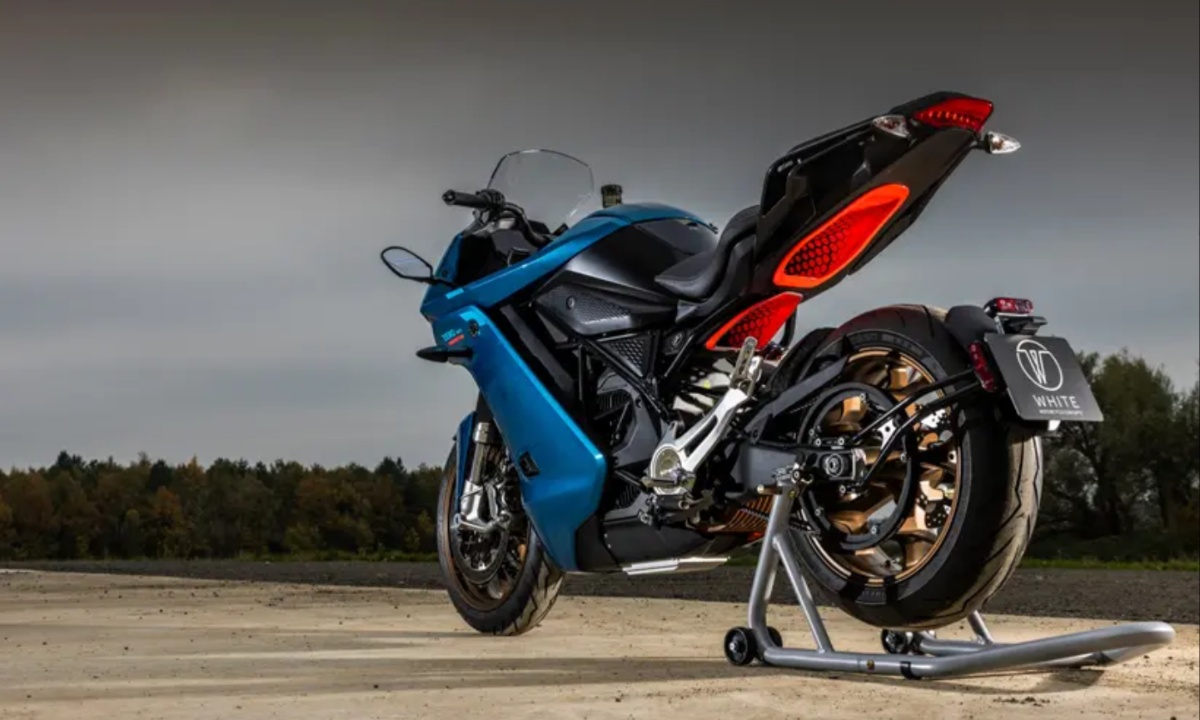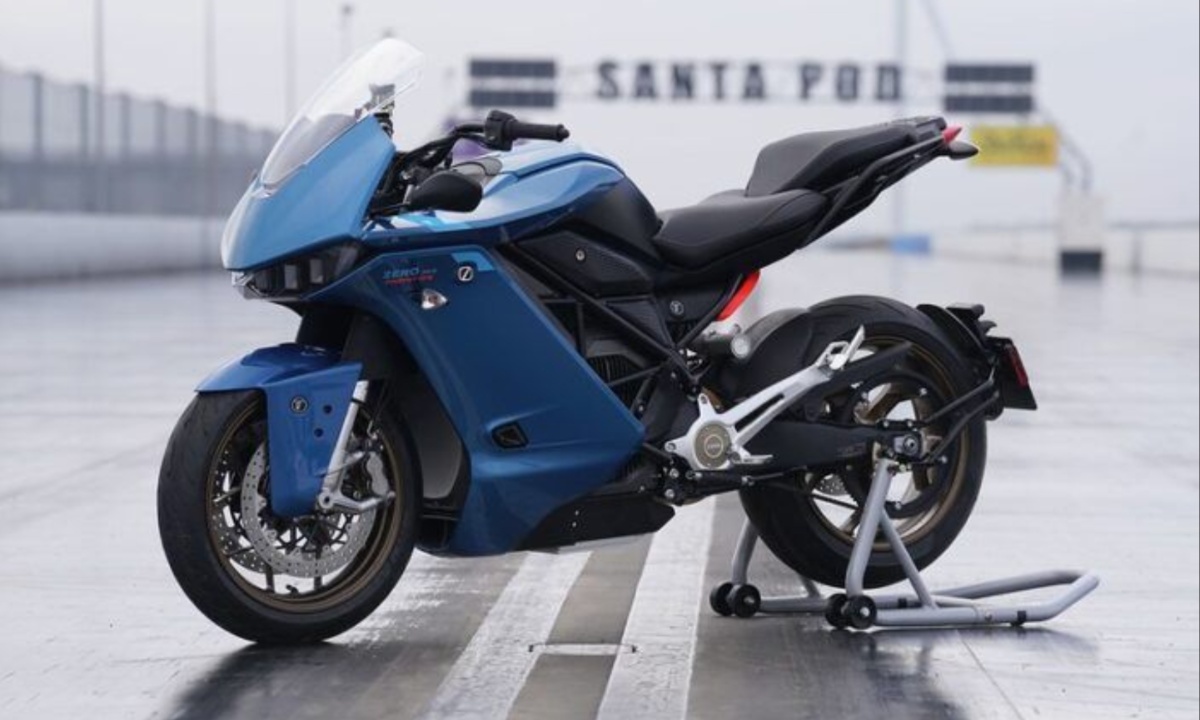Electric motorcycles are already known for their speed, acceleration, and occasionally impressive range. However, achieving all three in a single model has been challenging due to the limitations of current battery energy density compared to gasoline. Rather than increasing battery size and weight, White Motorcycle Concepts (WMC) has focused on improving aerodynamic efficiency as a way to extend range. By reducing drag, they aim to maximize performance without compromising practicality, weight, or cost, which they believe is essential for making electric motorcycles viable for mainstream use.
WMC’s approach to aerodynamics is unique: they design motorcycles that allow air to flow through them, reducing drag significantly. Their first concept bike, the WMC250EV, was designed with an air duct running through the center, demonstrating the potential for drag reduction while targeting the land speed record for electric bikes. This design aimed to reduce the frontal area and make the bike more streamlined without forcing the rider into uncomfortable riding positions. However, while this concept was groundbreaking, it was too extreme for everyday use, so WMC began exploring more practical adaptations of this idea.
Their subsequent project was a three-wheeled scooter, the WMC300FR, which incorporated the same duct concept but on a more accessible scale. This model improved performance and reduced emissions in comparison to similar scooters, leading to a police model in the UK and eventually an all-electric version, the WMC300E+. The success of this adaptation showcased the duct’s potential in different types of vehicles and hinted at how it might enhance the range of everyday electric motorcycles.

WMC’s latest venture with Zero Motorcycles takes this concept further by integrating the duct design into a production model, the Zero SR/S. This prototype called the WMCSRS, incorporates the air duct into an existing Zero SR/S without modifying its frame, suspension, or powertrain. Although this retrofit design has some limitations, it still manages to reduce drag by 10%, which is expected to translate into a comparable range increase. This approach allows WMC to demonstrate the aerodynamic advantages without redesigning the entire bike from scratch, providing a feasible solution for real-world electric motorcycles.
Externally, the WMCSRS closely resembles a standard Zero SR/S, with only minor modifications visible, such as a raised tail and additional aero fairings. The most notable difference is the air outlet above the rear wheel, allowing air to pass through from the front intake. The prototype channels air through two ducts to navigate around structural parts of the bike that couldn’t be altered, proving that even with certain design constraints, the duct can still provide aerodynamic benefits without substantial modifications to the motorcycle’s frame.
WMC and Zero Motorcycles are optimistic about the potential of this technology. While the duct could be more efficient if incorporated from the start of a bike’s design, the current results are promising. Zero’s CTO, Abe Askenazi, expressed interest in exploring how such innovations could complement advances in battery technology to meet the demands of the electric motorcycle market. Although it’s uncertain if this feature will appear in future production models, the aerodynamic duct presents a logical path for improving range without relying solely on battery upgrades, potentially reducing weight, cost, and complexity for electric motorcycles.

